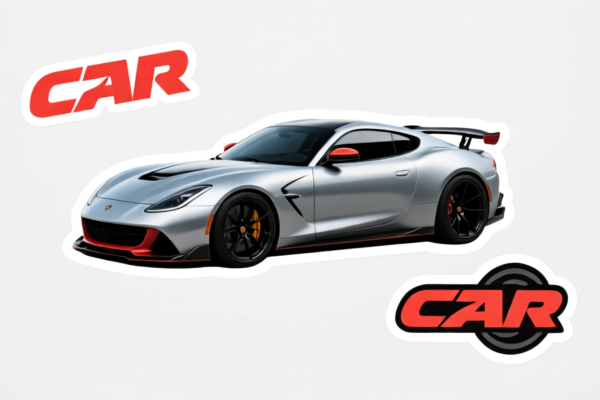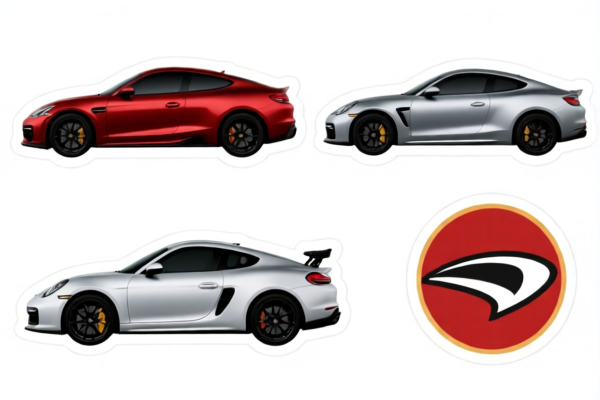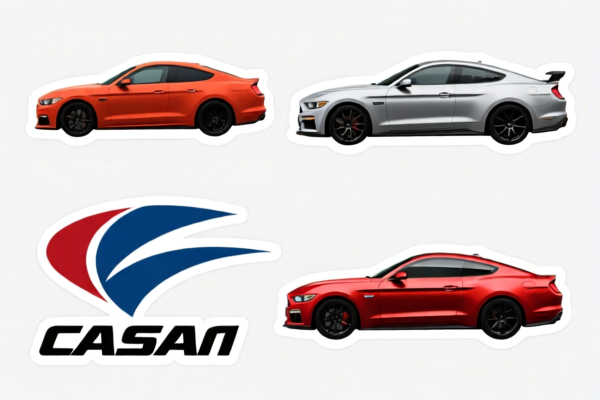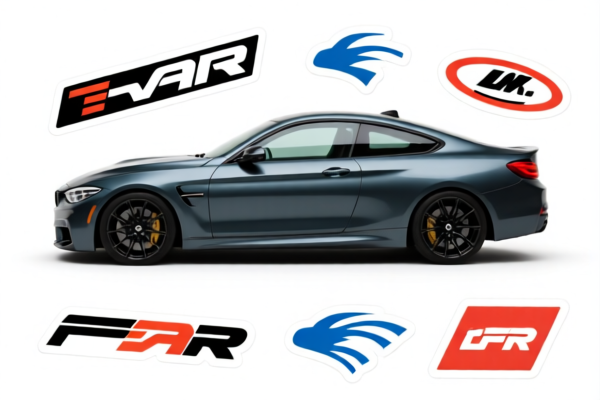| HS Code | Official Doc | Tariff Rate | Origin | Destination | Effective Date |
|---|---|---|---|---|---|
| 4908100000 | Doc | 37.5% | CN | US | 2025-05-12 |
| 4908900000 | Doc | 37.5% | CN | US | 2025-05-12 |
| 4911914040 | Doc | 37.5% | CN | US | 2025-05-12 |
| 4911913000 | Doc | 30.0% | CN | US | 2025-05-12 |
| 3919905060 | Doc | 60.8% | CN | US | 2025-05-12 |
| 3919905010 | Doc | 60.8% | CN | US | 2025-05-12 |
| 3921904010 | Doc | 34.2% | CN | US | 2025-05-12 |
| 3921905010 | Doc | 34.8% | CN | US | 2025-05-12 |




Letter Car Stickers
Letter car stickers are adhesive decals used for customization and identification purposes on vehicles. They are typically constructed from vinyl, though other materials are also employed.
Material
- Vinyl: The most common material due to its durability, weather resistance, and flexibility. Available in various grades, including calendared vinyl (more affordable) and cast vinyl (higher quality, longer lifespan, better for complex curves).
- Reflective Vinyl: Offers increased visibility, particularly useful for safety and emergency vehicles.
- Chrome Vinyl: Provides a metallic appearance.
- Carbon Fiber Vinyl: Mimics the look of carbon fiber.
Purpose
- Personalization: Allowing vehicle owners to express their style and interests.
- Identification: Used for fleet numbering, business branding, or displaying license plate information.
- Advertising: Promoting businesses or events.
- Decorative: Adding aesthetic appeal.
Function
- Adhesion: Sticks to smooth surfaces, typically through a pressure-sensitive adhesive.
- Weather Resistance: Resists fading, cracking, and peeling due to exposure to sunlight, rain, and temperature fluctuations. Quality varies significantly based on vinyl grade.
- Removability: Some stickers are designed for easy removal without damaging the vehicle's paint, while others are more permanent.
- UV Protection: Higher-quality stickers include a UV protective layer to prevent color fading.
Usage Scenarios
- Vehicle Customization: Applied to car bodies, windows, bumpers, and hoods.
- Fleet Management: Numbering and branding company vehicles.
- Emergency Services: Identifying police cars, ambulances, and fire trucks.
- Racing: Displaying driver names, sponsor logos, and race numbers.
- Show Cars: Creating unique and eye-catching designs for car shows.
Common Types
- Die-Cut Stickers: Cut to the exact shape of the letter or design.
- Vinyl Lettering: Individual letters and numbers that are applied separately, allowing for custom arrangements.
- Pre-Spaced Lettering: Letters and numbers are already spaced correctly on a carrier sheet for easy application.
- Reflective Lettering: Made from reflective vinyl for increased visibility.
- Perforated Window Stickers: Allow visibility through the window while displaying a message or logo.
- Static Cling Stickers: Adhere to surfaces through static electricity, making them easily removable and reusable.
- 3D Letter Stickers: Raised letter stickers providing a tactile effect.
Based on the provided information, “letter car stickers” can be classified under several HS codes, depending on the material and specific characteristics. Here's a breakdown of potential classifications:
-
4908100000: This HS code covers “Transfers (decalcomanias): Transfers (decalcomanias), vitrifiable”. This could apply if the letter car stickers are designed to be durable and withstand weathering, potentially being “vitrifiable” (capable of being converted into glass). The total tax rate is 37.5%, comprised of a 0.0% base tariff, a 7.5% additional tariff, and a 30.0% additional tariff effective after April 2, 2025.
-
4908900000: This HS code covers “Transfers (decalcomanias): Other”. If the letter car stickers do not fall under the “vitrifiable” category, they would be classified as “Other” transfers. The total tax rate is 37.5%, comprised of a 0.0% base tariff, a 7.5% additional tariff, and a 30.0% additional tariff effective after April 2, 2025.
-
3919905060: This HS code covers “Self-adhesive plates, sheets, film, foil, tape, strip and other flat shapes, of plastics, whether or not in rolls: Other: Other Other”. If the letter car stickers are made of plastic and are self-adhesive, this HS code may be applicable. The total tax rate is 60.8%, comprised of a 5.8% base tariff, a 25.0% additional tariff, and a 30.0% additional tariff effective after April 2, 2025.
-
3919905010: This HS code covers “Self-adhesive plates, sheets, film, foil, tape, strip and other flat shapes, of plastics, whether or not in rolls: Other: Other Reflectorized sheeting”. If the letter car stickers are made of plastic, are self-adhesive, and have reflective properties, this HS code may be applicable. The total tax rate is 60.8%, comprised of a 5.8% base tariff, a 25.0% additional tariff, and a 30.0% additional tariff effective after April 2, 2025.
HS Code Structure Explanation:
- Chapter 49: This chapter covers printed matter, including printed pictures and photographs.
- Heading 08: Within Chapter 49, heading 08 specifically covers transfers (decalcomanias).
- Subheading 10 & 90: These further classify transfers based on whether they are vitrifiable or fall into an "other" category.
- Chapter 39: This chapter covers plastics and articles thereof.
- Heading 19: Within Chapter 39, heading 19 specifically covers self-adhesive plates, sheets, film, foil, tape, strip and other flat shapes, of plastics.
- Subheading 50: This further classifies self-adhesive plastic products based on their specific characteristics.
Important Note:
The applicable HS code will depend on the specific material composition and characteristics of the letter car stickers. It is crucial to verify the material and properties to ensure accurate classification.
Customer Reviews
No reviews yet.